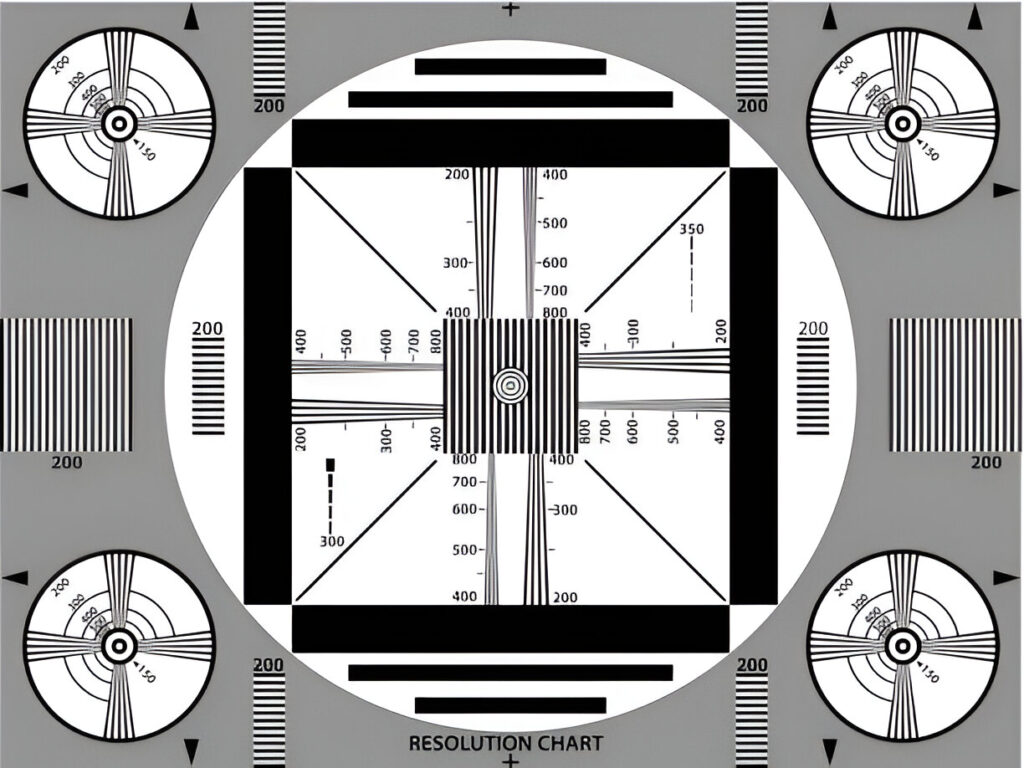When selecting an LPVO (Low Power Variable Optic) scope, one of the most critical factors to consider is the reticle. The reticle impacts how quickly and accurately you can engage targets, especially in dynamic shooting environments. With options like LPVO first focal plane vs. second focal plane, LPVO illuminated reticle choices, and different reticle designs, it’s essential to understand what works best for your specific needs.
Understanding LPVO Optics and Reticles
An LPVO scope provides variable magnification, typically ranging from 1x to 4x, 6x, 8x, or even 10x, allowing for versatility in both close-quarters and mid-range engagements. However, the reticle design and placement significantly influence performance.
Types of LPVO Reticles
LPVO reticles come in various designs, including simple crosshairs, bullet drop compensator (BDC) reticles, mil-dot reticles, and more complex ranging reticles. Some key considerations include:
· BDC Reticles: Designed to assist with holdovers at different distances, ideal for fast target engagement without manual adjustments.
· Mil-Dot Reticles: Provide precise ranging and windage hold-offs, preferred for tactical and long-range shooting.
· MOA-Based Reticles: Feature measurements in minutes of angle (MOA), offering simple adjustments for shooters familiar with this system.
· Hybrid Reticles: Combine elements of BDC, Mil-Dot, or MOA for enhanced versatility.
LPVO First Focal Plane vs. Second Focal Plane
One of the biggest decisions when choosing an LPVO optic is whether to go with a first focal plane (FFP) or second focal plane (SFP) reticle.
First Focal Plane (FFP) Reticle
· The reticle scales with magnification, meaning the subtensions remain consistent at all zoom levels.
· Ideal for shooters who need accurate ranging and holdovers at different magnifications.
· Common in tactical and precision shooting applications.
· Slightly more expensive due to complex construction.
Second Focal Plane (SFP) Reticle
· The reticle size remains constant regardless of magnification.
· Subtensions are accurate at only one specific magnification setting (usually the highest power).
· Simpler and more affordable, making it popular among general-purpose shooters.
· Preferred for users who primarily shoot at one magnification level.
Which is better? If you prioritize precision across various magnifications, go with an FFP LPVO scope. If you prefer a constant reticle size and shoot mainly at one magnification, an SFP model may be the better choice.
LPVO Illuminated Reticle: Is It Necessary?
Many LPVO optics feature an illuminated reticle, which enhances visibility in low-light conditions or against dark backgrounds.
Benefits of an LPVO Illuminated Reticle
· Faster Target Acquisition: Bright illumination helps your eye quickly locate the reticle.
· Low-Light Performance: Essential for dawn, dusk, or indoor shooting.
· Improved Contrast: Reduces reticle washout against bright or cluttered backgrounds.
· Daylight Brightness Options: Some high-end LPVOs offer daylight-visible illumination, mimicking red dot performance at 1x magnification.
However, illumination adds weight and may require battery changes. If you frequently shoot in bright daylight or prefer a simple reticle, a non-illuminated LPVO might suffice.
Best LPVO Reticle for Your Needs
Choosing the best LPVO reticle depends on your application. Here are some recommendations based on shooting scenarios:
1. Best LPVO Reticle for Tactical Use
· Primary Arms ACSS Raptor: Offers bullet drop compensation, range estimation, and wind holds.
· Trijicon VCOG BDC: Military-grade durability with a battle-proven BDC design.
2. Best LPVO Reticle for Competition Shooting
· Vortex Razor HD Gen III EBR-9: A finely etched FFP reticle with wind holds and precise aiming points.
· Leupold VX-6HD FireDot Duplex: Fast target acquisition with a bright illuminated center dot.
3. Best LPVO Reticle for Hunting
· Swampfox Arrowhead Guerrilla BDC: A simple yet effective BDC for quick aiming adjustments.
· Burris RT-6 Ballistic AR: Designed for hunting and general-purpose shooting.
4. Best Budget LPVO Reticle
· Primary Arms SLx 1-6×24 Gen III ACSS: Offers excellent features at an affordable price.
· Monstrum G3 1-6×24 FFP: One of the most budget-friendly FFP LPVO scopes.
Additional Considerations When Choosing an LPVO Reticle
1. Reticle Thickness and Visibility
· Some shooters prefer thin reticles for precise aiming, while others favor thicker reticles for fast target acquisition.
· A thicker reticle may be beneficial in low-light conditions but can obscure smaller targets at longer ranges.
2. Durability and Weather Resistance
· Consider optics that offer fog-proof, waterproof, and shockproof construction, especially for outdoor and tactical use.
· High-quality LPVO scopes typically have multi-coated lenses for better light transmission and durability.
3. Battery Life for Illuminated Reticles
· Some LPVOs have long-lasting illumination, while others require frequent battery changes.
· Auto-shutoff features can extend battery life significantly.
Final Thoughts
Choosing the right LPVO reticle requires a balance between precision, speed, and intended use. If you need precise holdovers at varying distances, an FFP reticle is ideal. If you prefer a static reticle size and primarily shoot at one magnification, an SFP model works well. Additionally, an illuminated reticle is beneficial for low-light shooting but may not be necessary for every shooter.
Whether you are selecting an LPVO optic for tactical, hunting, or competitive use, understanding these factors will help you make the best decision for your shooting needs.


